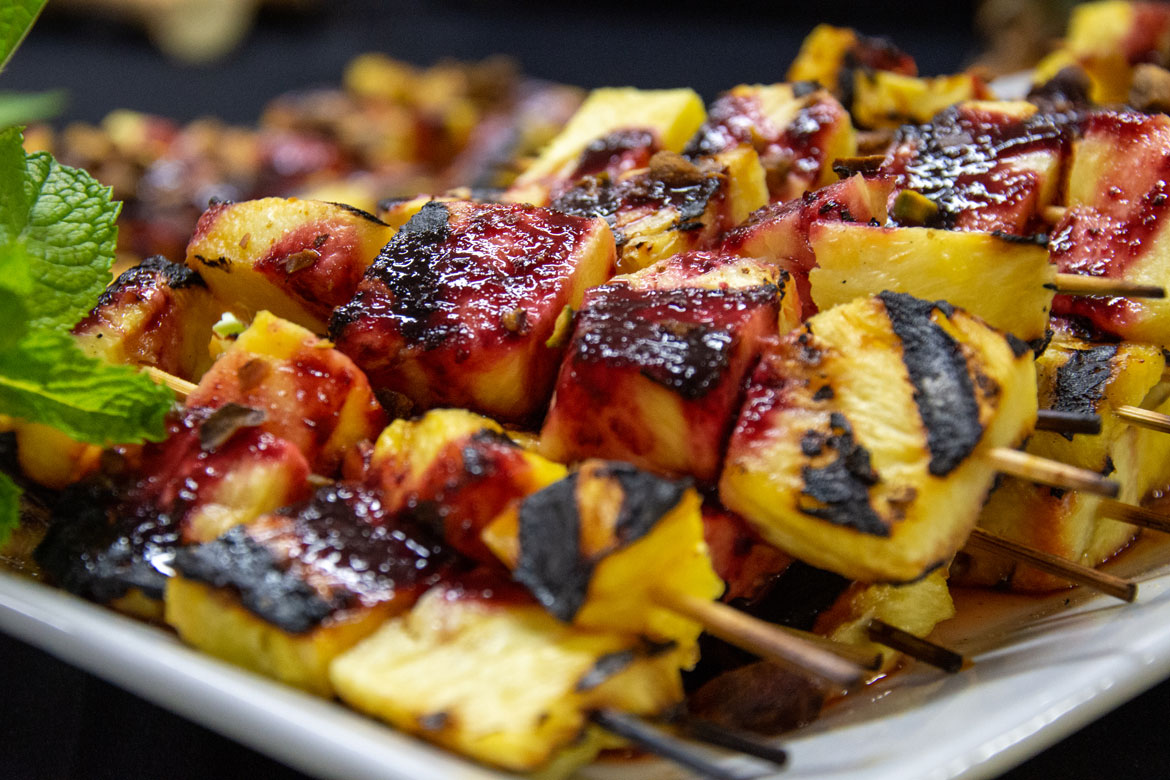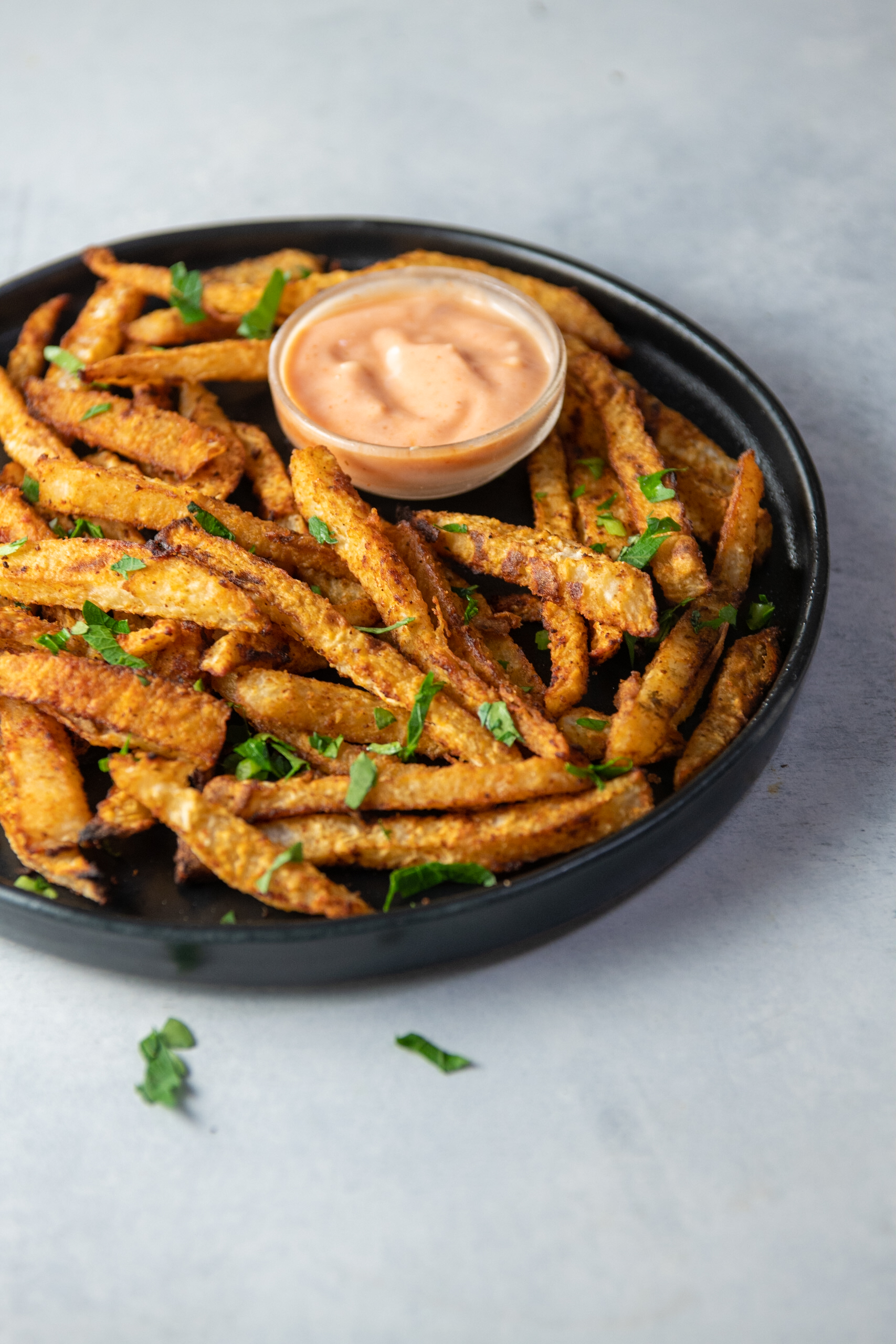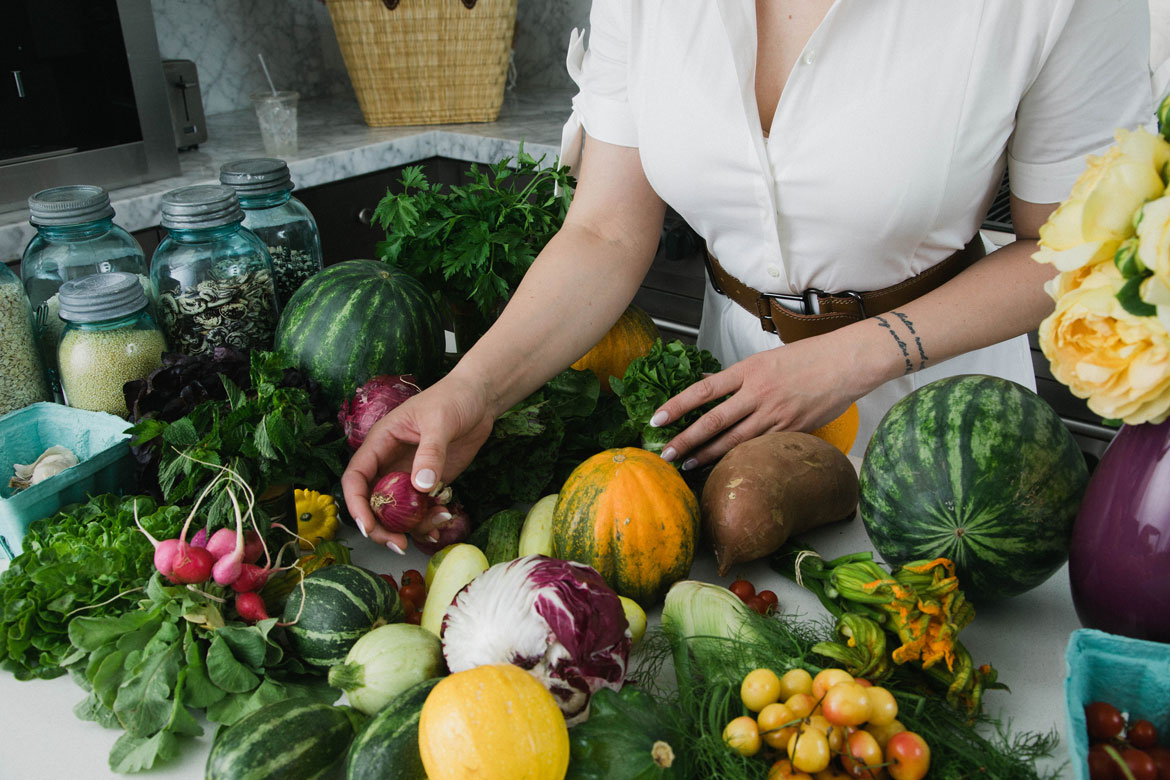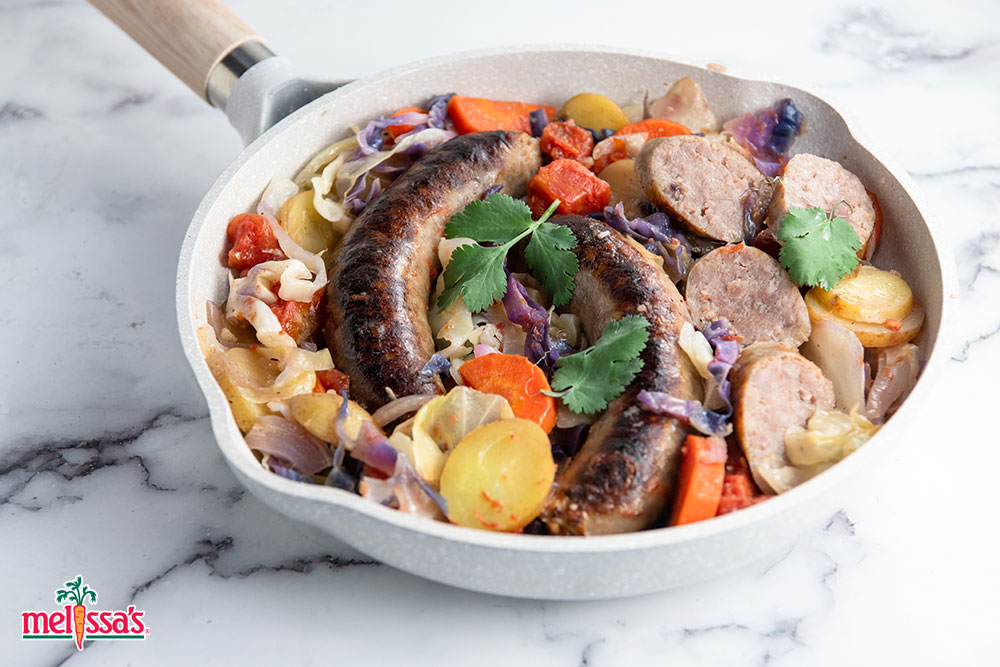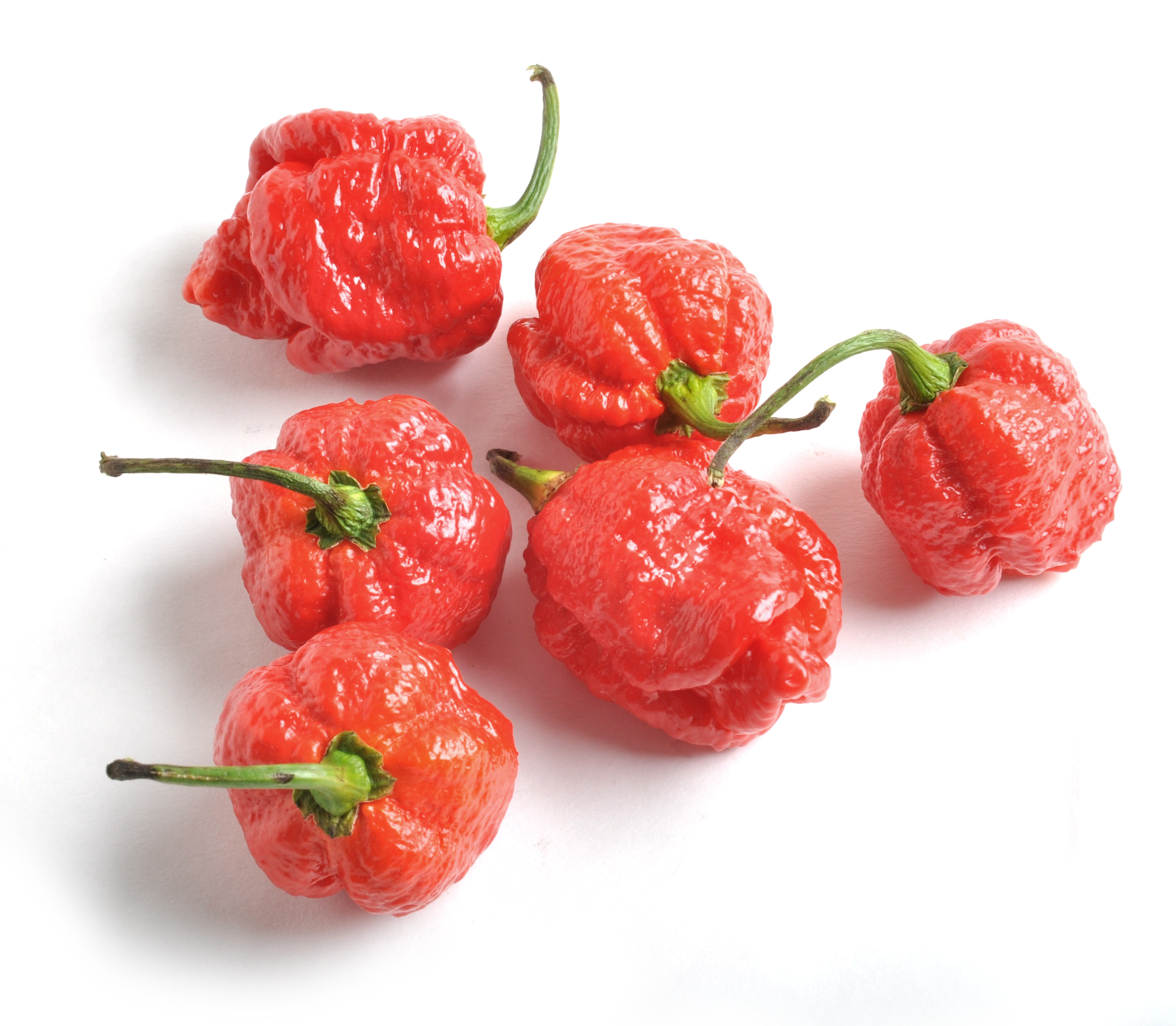Calcium 101
Did you know your body relies on calcium to help it function? These Calcium-Rich Foods are the way to naturally increase your calcium intake.
Calcium helps your body:
- Send nerve messages from the brain to other areas of the body
- Circulate blood
- Release hormones
- Contract muscles
- Build strong bones and teeth
While calcium is necessary for the body, we are unable to produce it on our own and must rely on our diets or supplements to assist. Because our bodies literally crave calcium, if we do not get enough in the foods/supplements we consume, our bodies will get it from our bones. Most of the calcium in the body is in our bones and teeth, and it is important to replenish it on a daily basis.
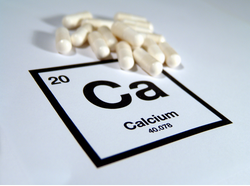 How much calcium do I need?
How much calcium do I need?
The amount of calcium needed daily depends on your age. Essentially, the younger you are, the less you need. For adults ages 19-50, the recommended daily intake is 1000mg. For adults ages 51 and older, the recommended daily intake is just a bit more, at 1200 mg. Calcium is extremely important for a woman, as calcium levels can help to ease premenstrual syndrome (PMS) symptoms.
…And how do I get it?
While this can sound like an impossible feat, we’ve got you covered with some high calcium foods that can be incorporated into your diet. These high calcium foods include:
- Blackstrap molasses (400mg/2 oz.)
- Blackeyed Peas (370mg/1 cup cooked)
- Collard Greens (357mg/1 cup cooked)
- 2% Milk (300mg/1 cup)
- Turnip Greens (249mg/1 cup cooked)
- Dried Figs (241 mg/1 cup)
- Kale (179mg/1 cup cooked)
- Soybeans (175mg/1 cup cooked)
- Bok Choy (158mg/1 cup cooked)
- Almonds (94mg/.25 cup)
- Rhubarb (105 mg/1 cup diced)
- Orange (74mg/1 large fruit)
- Broccoli (62mg/1 cup cooked)
- Tofu
- Dark Green Vegetables
The majority of Americans get their calcium from milk, yogurt and cheese.
I eat all these foods. Do I have all the calcium I need?
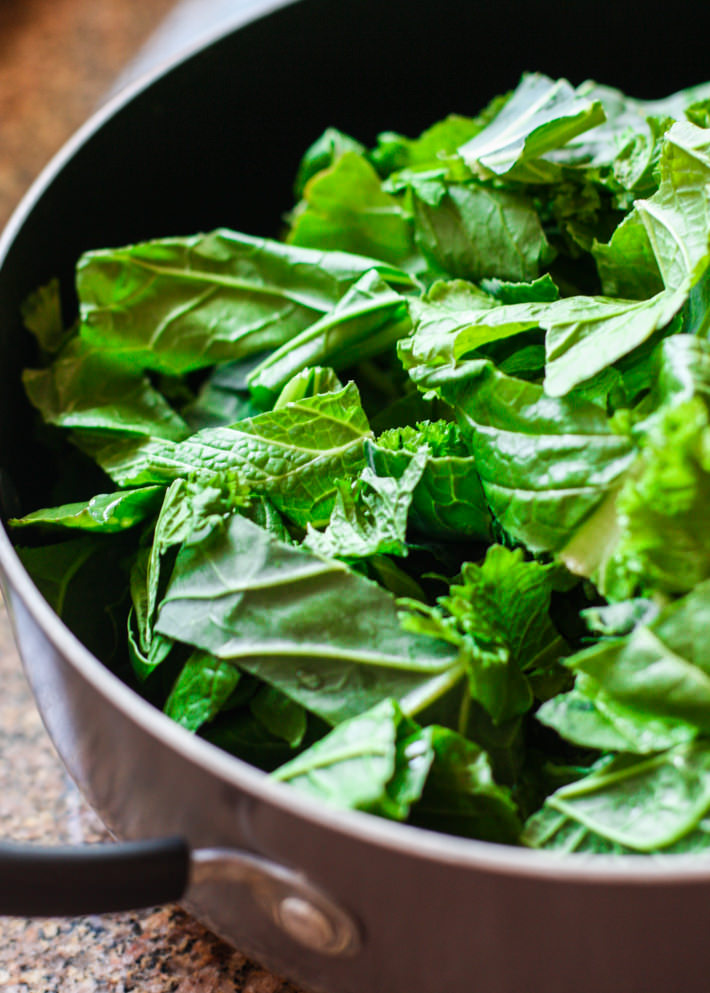 Hold tight! It’s awesome you are incorporating these foods into your diet, but what else are you incorporating? Certain foods have an impact on how our bodies process and use the calcium we consume. Limit intakes of salt, alcohol, tobacco and caffeine, for optimal calcium absorption. Make the most of your calcium intake with:
Hold tight! It’s awesome you are incorporating these foods into your diet, but what else are you incorporating? Certain foods have an impact on how our bodies process and use the calcium we consume. Limit intakes of salt, alcohol, tobacco and caffeine, for optimal calcium absorption. Make the most of your calcium intake with:
- Carbohydrates (grains, fruits, starchy vegetables)
- Vitamin K (dark green leafy veggies, broccoli, asparagus)
- Magnesium (nuts, avocado, dark chocolate, fatty fish)
- Vitamin D (dairy products, soy milk, sunlight)
Since you mention it, what’s the deal with calcium and Vitamin D?
Your body cannot absorb calcium without Vitamin D. If you’re low in vitamin D, it doesn’t matter how much calcium you consume. A helpful tip to getting vitamin D is right in front of (well, really above) you. The sun does more than boost our mood, but also gives us a boost of Vitamin D. Sunshine is the best source of vitamin D, as our skin naturally produces vitamin D when exposed to sunlight. Individuals with darker skin pigmentation produce less vitamin D and may need supplements to help.
What if I don’t get enough calcium?
Many Americans are lacking in the calcium department and fall short of getting the calcium they need. Insufficient calcium levels can cause issues leading to bone loss, low bone density and broken bones. While most signs of insufficient calcium aren’t commonly presented as immediate symptoms, they are presented as long-term issues.
Issues include:
- Dental Cavities
- Osteopenia or Osteoporosis
- High blood pressure
- Lethargy
- Muscle Cramps
…Is “too much” calcium a thing?
Most people find difficulty getting all the calcium they need from food and decide to take calcium supplements. Just like anything else, you don’t want to go overboard with your calcium intake. Too much calcium can be a headache, causing constipation, bloating and gas, while calcium supplements can increase the risk of kidney stones.
Remember friends…
Its always important to eat a balanced diet including veggies, carbs, proteins, and all food groups. Calcium plays a major role in your overall health. Don’t be afraid to try new foods and welcome new ingredients into your kitchen. Pairing high-quality nutritious foods with a healthy, active lifestyle can help you perform and live at your highest quality and ultimately live your best life.

High-Calcium Recipes:
Sauteed Collard Greens: https://www.melissas.com/Articles.asp?ID=2322
Greens: https://www.melissas.com/Articles.asp?ID=1657
Blackeyed Pea Soup with Collard Greens: https://www.melissas.com/Articles.asp?ID=685
Bok Choy & Shiitake Stir Fry: https://www.melissas.com/Articles.asp?ID=839
Quick Lemony Baby Bok Choy Saute: https://www.melissas.com/Articles.asp?ID=3843
Tofu Vegetable Medley: https://www.melissas.com/Articles.asp?ID=2797
Braised Tofu with Mushrooms & Sugar Snap Peas: https://www.melissas.com/Articles.asp?ID=939
Strawberry-Rhubarb Muffins with Pixie Tangerine Buttercream: https://www.melissas.com/Articles.asp?ID=3895
Rhubarb & Peach Crisp: https://www.melissas.com/Articles.asp?ID=2551
Orange Fig Bars: https://www.melissas.com/Articles.asp?ID=1857
Orange Juice Smoothie: https://www.melissas.com/Articles.asp?ID=800
Citrus Salad with Lemongrass, Toasted Almonds & Mint: https://www.melissas.com/Articles.asp?ID=1243
Candied Figs: https://www.melissas.com/Articles.asp?ID=984

